It has been the subject of blogs, media articles, conversations, magazine columns, and it’s this:
Should we Photoshop people?
Well, let’s relate it all to my genre: travel. Should we Photoshop travel pictures? To what extent and why? Is it an “okay” thing to do?
First, I’ll just get this out of the way: many people will argue that Photoshop is not a verb. It is. It just is. It has become a commonplace term in our society, and if you hear somebody say that something’s been “Photoshopped,” you may want to throw a can of cheese at them, but you know what they mean. This post isn’t about that. So, moving on….
My stance, as someone who writes tutorials centred on Adobe Photoshop, is that Photoshopping fits in travel photography just as much as it does in glamour photography. It has a role to play, and it is useful, but it should (in terms of its use for marketing at least) result in an image being inspiring, enticing, and offering somewhat of a realistic depiction. A representation of reality.
But when does it stop being real? How far do you have to go before your image of some far-flung location no longer looks the way it really looks? What are the limits? Well, to me, when I Photoshop something, I want the final result to look like something that could actually happen. When we apply the fashion stance, the model on the cover of the magazine isn’t real. It’s what we imagine could be real; it’s the image we have in our head, but it absolutely isn’t real. Reverting back to travel, if the image I produce has created something inspiring, but false, then I’ve let myself go too far.
This image is an example. I have Photoshopped it, but it’s a thing that actually happened. If I created something that hadn’t or at least couldn’t happen, I’m no longer operating in the realm of travel photography, but have moved into fantasy. This is Hohenzollern Castle in Germany, sitting high atop a hill, overlooking the countryside for miles around. The moon rose, and I positioned myself on the opposite side of the hill to capture it silhouetting the castle. It’s a thing that happened, but in order to portray it with its massive difference in exposure, I had to retouch.
I suppose something to consider, based on what I’ve mentioned, is what we define as travel photography. When it comes to travel, we occasionally make our decisions based on personal recommendations and the influence of our peers, but in today’s society, we’re making more and more decisions based on social media. We’re looking at the images of travel photographers. Travel photographers like me. What people are looking at in my photography is the scene before me at the time I saw it, the way I saw it, and indeed the way I felt it.
When I was stood here, I wasn’t just seeing this scene, I was feeling it, smelling it, hearing it. I took all the information available to me from all of my senses for the amount of time I stood photographing that scene (and I’ll add, in various different directions), and I retouched the image to portray, in a tiny, little box, what I was seeing. I wasn’t just seeing an island with a tree on it, I was seeing a bunch of mist, feeling isolated, smelling the fresh, early morning dew, wrapped up from the cold, and I had to show that as best as I could in one image.
It’s for this reason that I say time and time again, “lend me your eyes and I’ll show you what I see.” What I see in my mind’s eye and what’s physically in front of me vary somewhat in most instances, however, with Photoshop I can take everything that was forming that image of what I saw and show you that same thing.
One travel subject, which is a prime example of how travel photography has bent the truth, is the famed and elusive Aurora. The northern lights. The lights are phenomenal, don’t get me wrong, but just as one point, they’re generally very dynamic. The countless amazing photos of them on Instagram are what you perceive them to be, not what they actually are. Don’t get me wrong, I’m not trying to crush any dreams here for those of you hoping to tick the northern lights off your bucket list, they’re incredible, but they aren’t like you see them in photos.
Westfjords, Iceland
So, it is okay to adjust things, right? In the world of travel photography, it must be. It’s what we’re used to seeing. But, when we know the truth of the image versus our representation of the scene, it can change. I’ll work to remove the things that I didn’t necessarily notice at the time. The things that were there, but that my mind blocked out of my vision—the power lines, poles, aerials, all of that stuff which is there, but doesn’t form the vision in front of me, but which immediately stand out in the photograph. The other senses have had their input, too, and everything that flooded those senses has had its say, and those power lines aren’t part of it.
If it’s true to say that we do it in real life with our own eyes, and it’s true to say that around 90% of the images we see in everyday media have been retouched, then what’s the limit? When does travel photography become fantasy? When the movement in the scene, the sounds, the smells have all gone, it’s fair to represent those things differently on our image that becomes flat and motionless.
We have a job to do in photography, and it’s not to make things fake. The job of a photographer and retoucher is to make things look real, but the real way you saw it at the time. With the distracting elements gone, the scene looks like real life. If people go and stand in the same spot, they can expect to see what you see too, but looking at its best. That’s our job. That’s what travel photography is. That’s what sets it apart from fantasy.
Lend me your eyes and I’ll show you what I see. Bear that in mind when you consider your limits. Show people what you see. Something achievable, realistic, and at its absolute best.



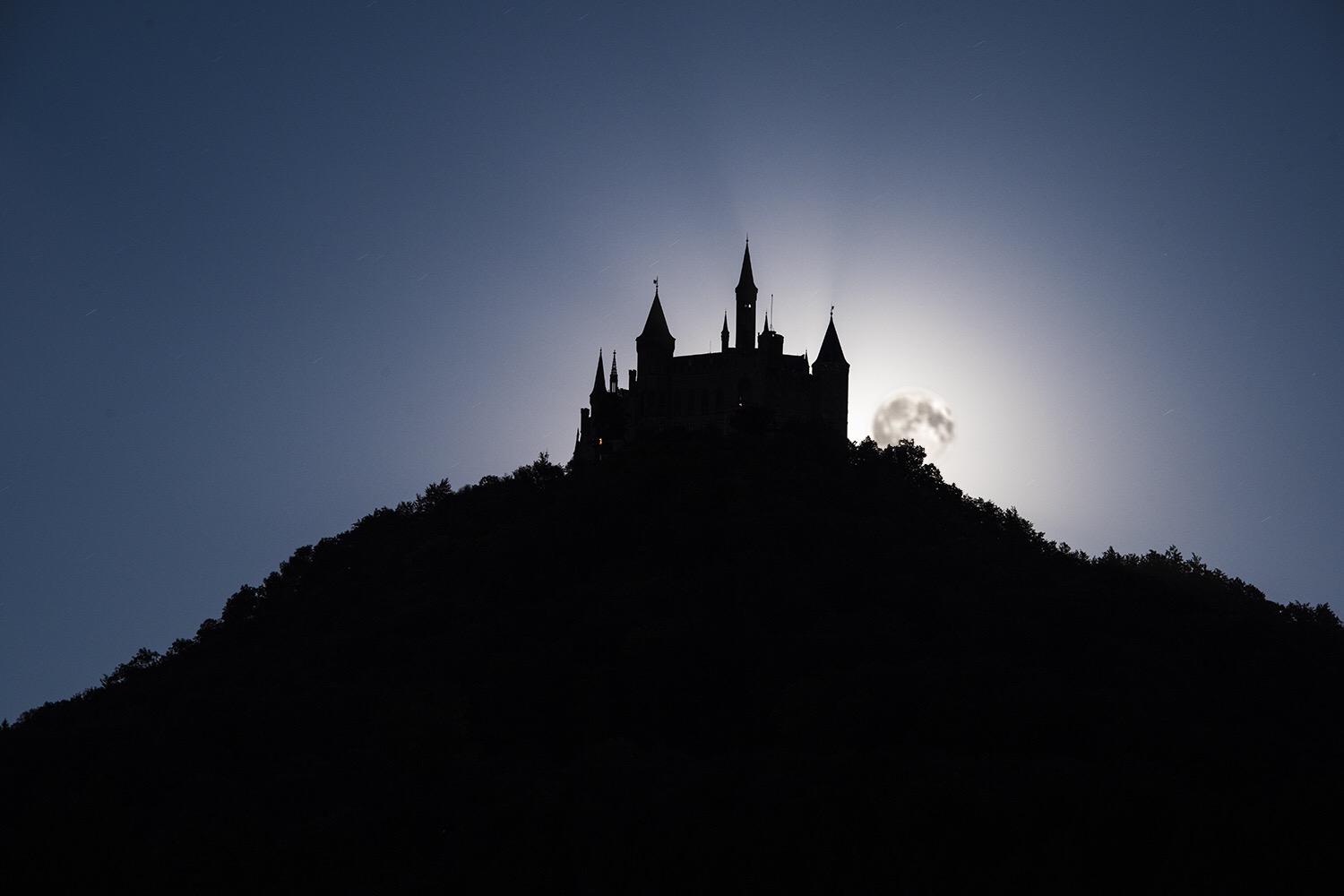
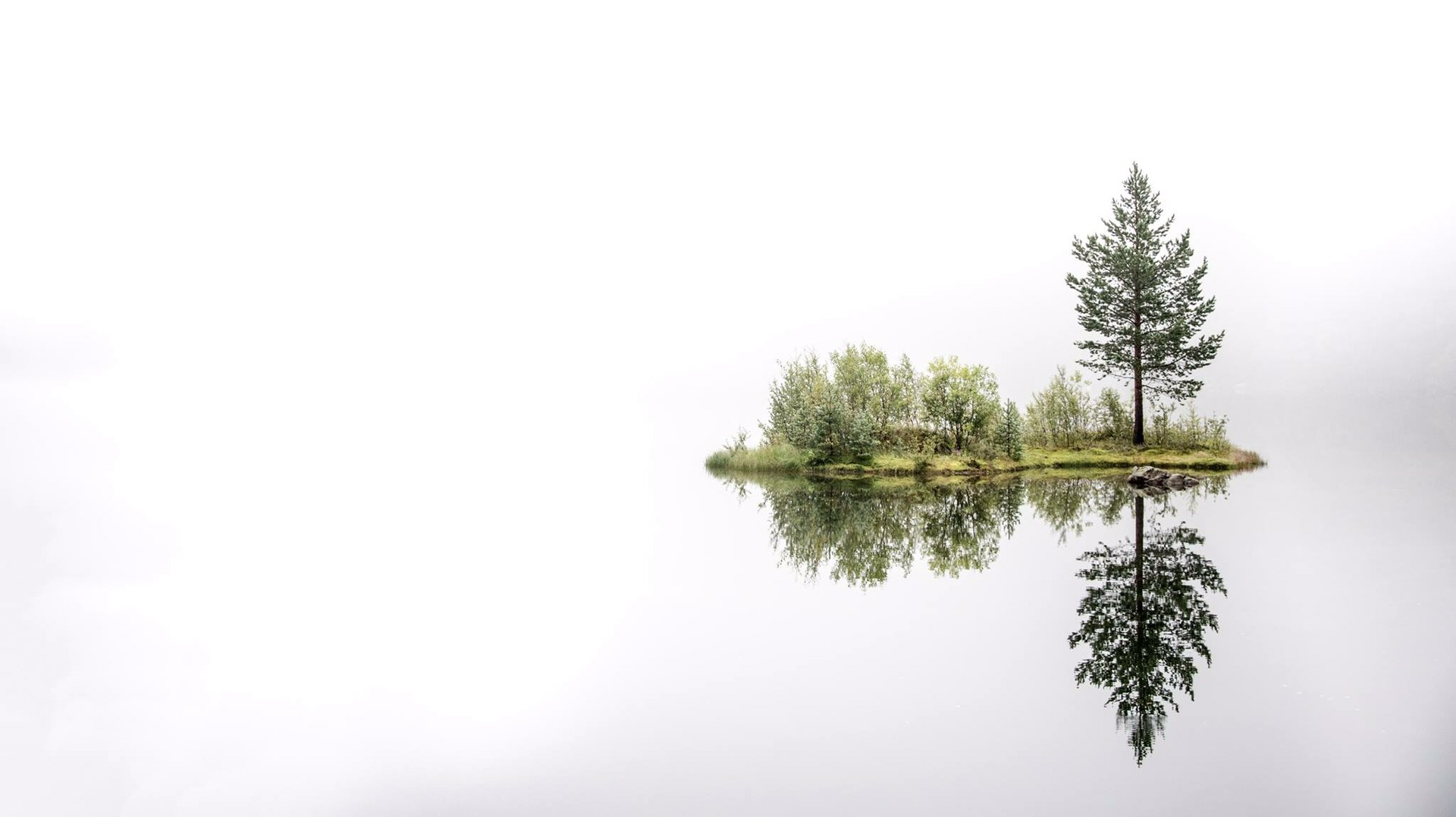
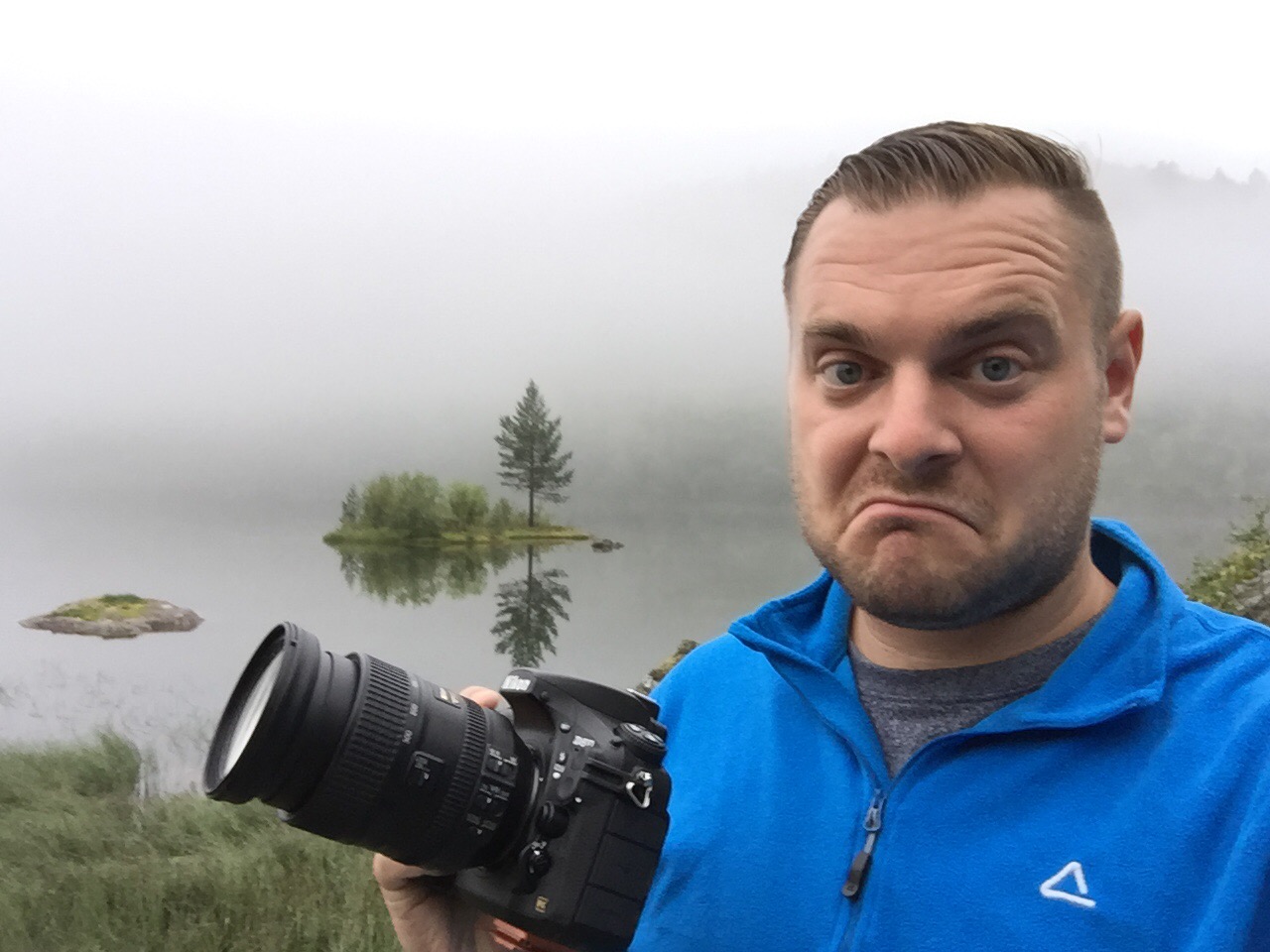
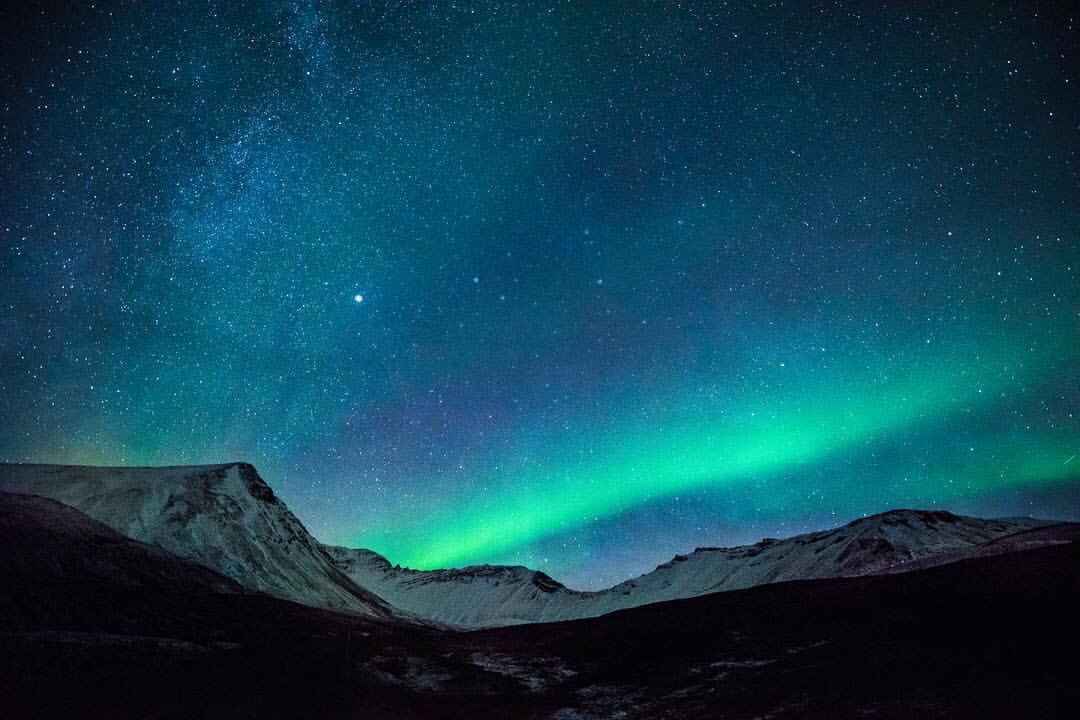
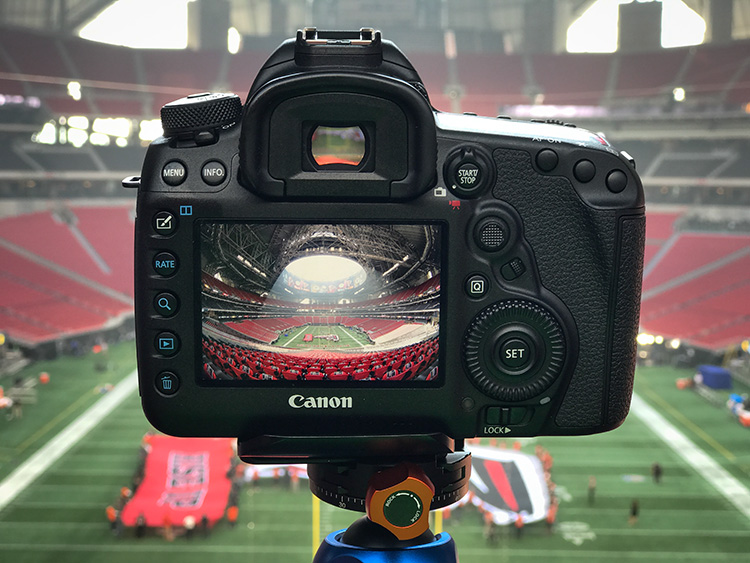
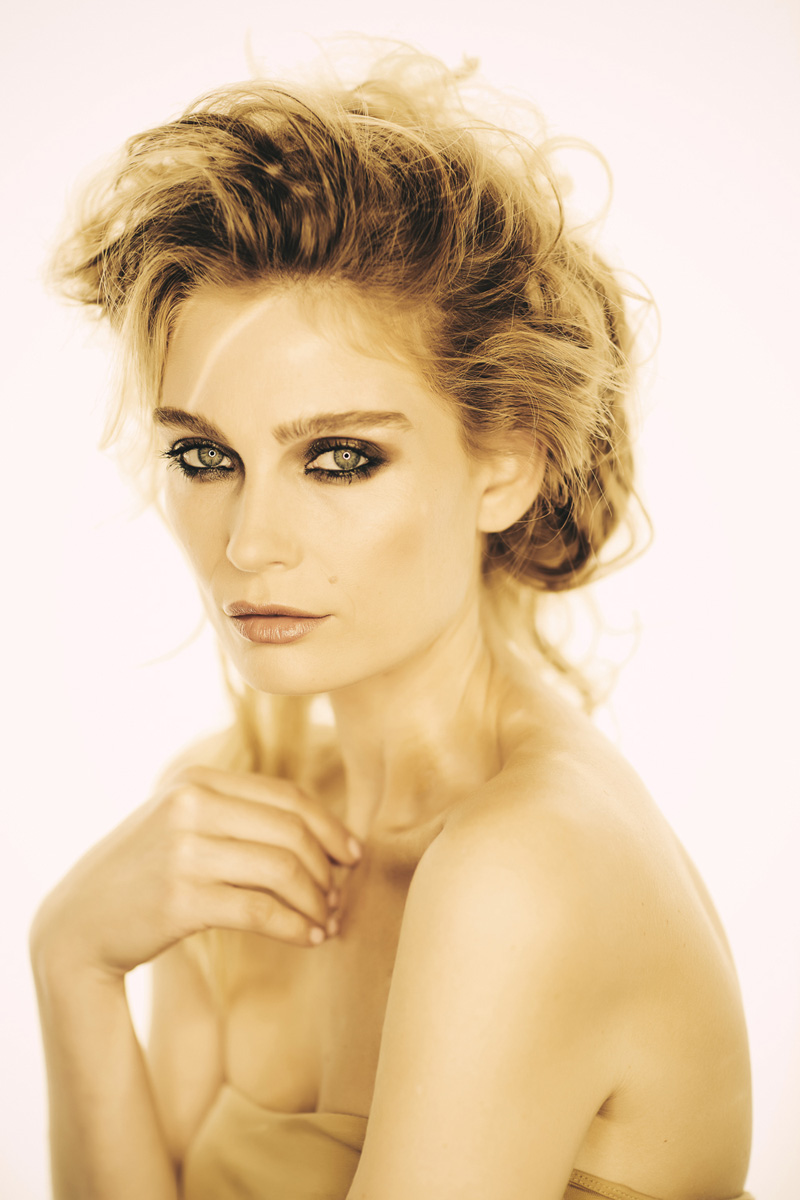
Thanks a bunch for sharing. orlando photographer
My own principle on this is that if someone goes to the same spot as me and experiences similar conditions, they should be able to create a similar shot.
Fake! Fake! I can easily tell you Photoshopped yourself on that “real life” shot! I’ve seen you in real “real life” and your mouth is usually the other way round. However – I grant you that it looks like something that actually could happen… Good job then! :)
Graphic style choices are fine, as long as you’re not selling the image as realistic reportage where altering content is a no-no. There’s a point where the image is sufficient altered, most anyone would realize the original photo has been worked over and is now more graphic than real scene capture unaltered. Just my $.02.